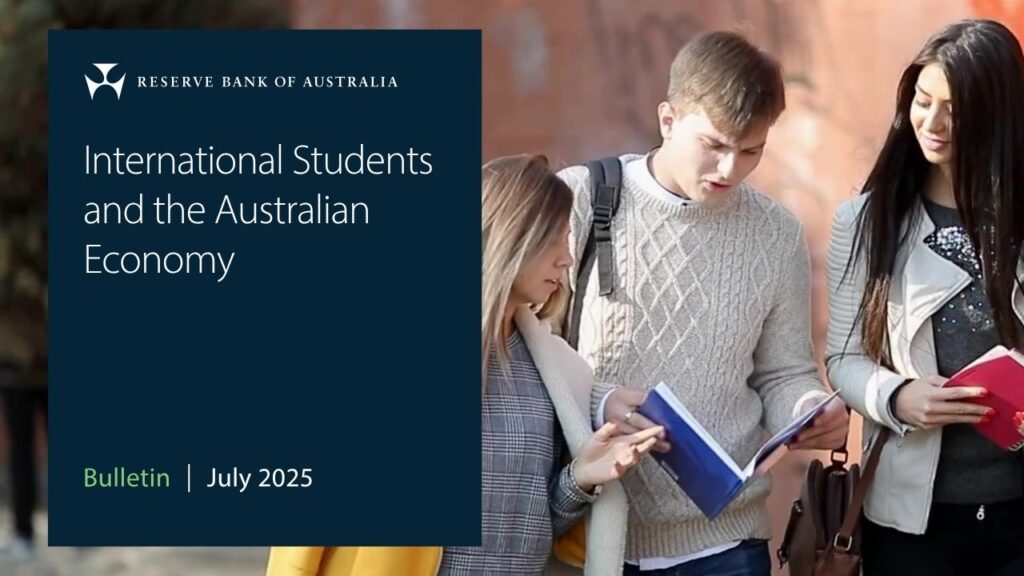Impact of Policy Changes on International Student Recruitment in Australian Universities

Understanding Australia’s University Environment
If you’re an international job seeker eyeing Australia, it’s essential to know about the current landscape of universities and student enrolments. Recent changes have affected how universities recruit international students, which can indirectly influence the job market and visa sponsorship opportunities for you.
What is Ministerial Direction 111?
In 2023, the Australian government introduced Ministerial Direction 111 (MD111). This new policy acts as a soft cap on universities that have increased their international student numbers too quickly. Institutions facing this cap experience more challenging visa processing for international students than those without such restrictions. As a result, the recruitment environment has become uneven – some universities are expanding their market share, while others are focusing on maximising revenue, often by raising tuition fees significantly.
Challenges for Universities
Recently, growth-constrained universities have seen a tuition fee increase of about 5.5%, compared to a 4.9% increase at other institutions. This means studying in Australia is now generally more expensive for international students. The challenges don’t stop there. Universities need to ensure that students remain in their studies for the entire duration of their courses. Retention rates have notably dropped, adding to the financial pressure on these institutions.
Reasons for Cautious Optimism
Despite these hurdles, there is some cause for optimism. Predictions suggest a potential 5–10% decline in new international students by 2025, following minimal growth in 2024. However, there’s optimism regarding domestic enrolments due to stabilising inflation and a softening job market, which may lead more students to choose studying over job-hunting.
Impact of Global Trends
Internationally, Australia’s competitors face their own challenges. The US has witnessed declines in postgraduate enrolments, partly due to less welcoming immigration policies. Canada’s visa approval rates have significantly dropped, and the UK is limiting the duration of post-study work rights. These shifts may encourage international students to consider Australia more seriously, compared to other destinations.
Getting Involved: Visa Pathways
If you’re considering making the move to Australia, understanding visa options like the 482 visa, which allows employers to sponsor skilled workers, or the 189 visa for skilled workers not sponsored by an employer, can be crucial. The 190 visa and 491 visa also provide pathways for skilled workers, particularly those willing to live in regional areas. All these options are part of Australia’s Skilled Migration program, which aims to fill gaps in the workforce.
However, be aware of the TSMIT (Temporary Skilled Migration Income Threshold), which is the minimum salary an employer must pay a sponsored worker. Staying informed about these details can greatly enhance your chances of securing a job and a visa in Australia.
As you explore these pathways, keep an eye on how changes within Australia’s educational institutions might impact your potential opportunities in the job market.
Have your say!
Got a question, opinion, or experience to share about working in Australia? Leave a comment below and join the conversation.
Thinking about moving to Australia? Have questions or need help?
Join our free and supportive community here at Oz Visa Forum.
Post in our forums to get advice and support from people who’ve already made the move Down Under.
Not sure where to start? Click here to get started







Responses